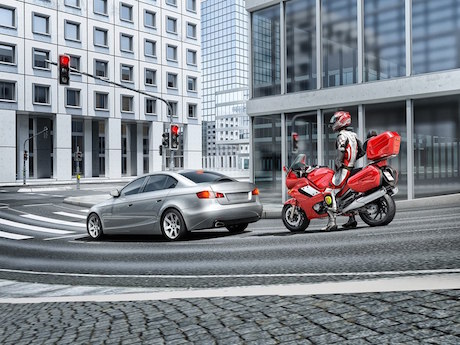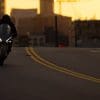South Australian company Cohda Wireless has partnered with Ducati and Bosch to develop radar technology that warns riders of nearby traffic before they can see it.
The technology uses public WLAN standard (ITS G5) and was initially developed for use in driverless cars.
Cohda Wireless technology has been trialled on the closed Southern Expressway on the outskirts of Adelaide, but the trials will soon be extended to the CBD and urban roads.
Last year, South Australia became the first state in the country to introduce laws allowing for trials of driverless cars on open public roads.
The radar sends information about vehicle type, speed, position and direction of travel at 10 times per second and uses “multi-hopping” to relay information up to several hundred metres.
Riders will see the information as a 3D map on a screen and receive an audible alert via Bluetooth that warns of approaching vehicles.
Bosch plans to introduce the technology in Ducati motorcycles, along with other technologies such as blind spot alert and hill hold control.

However, the radar technology could also be retrofitted to any car or motorcycle.
Production of the technology is being driven by a proposed mandate from the United States Department of Transportation requiring all new vehicles have vehicle-to-vehicle radars installed.
Bosch claims the radar system could prevent nearly one-third of all motorcycle accidents.
Board member Dirk Hoheisel says inter-vehicle communication takes road safety to the next level.
“We let motorcycles and cars talk to each other, creating a digital protective shield for riders,” he said.
Cohda Wireless Managing Director Paul Gray says vehicle safety technology has reached the limits of minimising harm during an accident.
“Now it is about avoiding the accidents before they even happen,” he says.
“If a motorcyclist is riding down the street, they will be alerted when a car turning on to the same road creates an opportunity for an accident. This can also happen when the car moving on to the road is not visible to the rider.
“The radar will also alert drivers who are changing lanes if someone is in their blind spot, which is quite an issue for motorcyclists.”
He says the technology will eventually be in every autonomous car as well.



